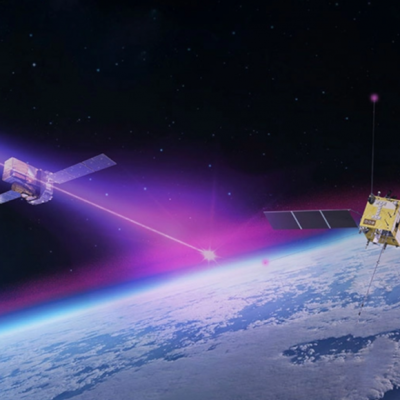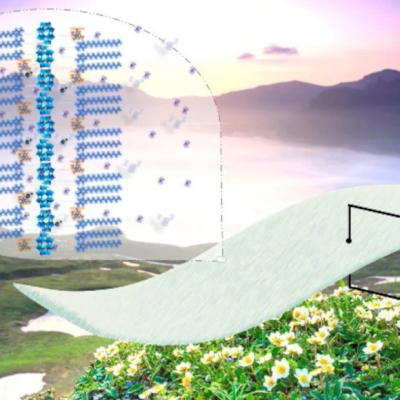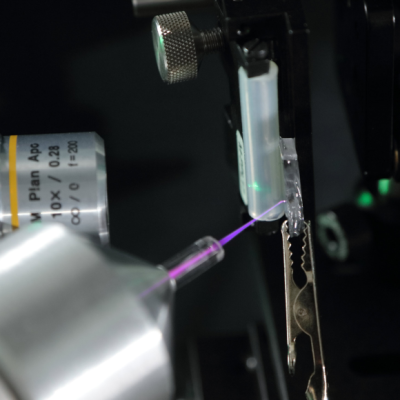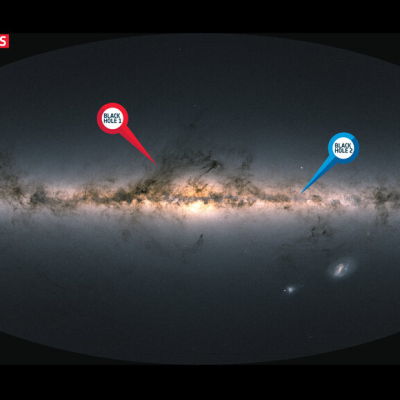Researchers at Wageningen University in the Netherlands have successfully grown vegetables such as tomatoes, onions, and peas on simulated Mars and Moon soil. The soil was chemically adapted to mimic the natural conditions of the respective planets and enriched with organic material and earth bacteria. The first planting in spring 2015 yielded tomatoes, peas, radishes, spinach, cress, lettuce, chives, quinoa, and rye. The plants grew almost as well as they would on Earth, and the yields were almost double those of the Moon soil. However, the Mars soil contains too many heavy metals, such as iron, lead, arsenic, and mercury, which make the plants toxic and inedible. The researchers plan to conduct another experiment in April 2016 to remove the heavy metals from the soil.
The NASA provided the researchers with a Mars analog made from volcanic sand from the Hawaiian Mauna Loa. The researchers used fresh-cut grass as organic fertilizer and grew the plants on trays instead of pots. The simulated Moon soil also produced herbs and vegetables in high quantities, surprising the researchers. The next step is to remove the heavy metals from the Mars soil to make it safe for human consumption. The researchers are seeking sponsors to support their experiments and promise a Martian meal made from the harvested vegetables if they succeed.
The idea of growing food on other planets is not new. In the movie “The Martian,” the astronaut Mark Watney grows potatoes on Mars by fertilizing the soil with his feces and adding bacteria from Earth. The success of the Wageningen experiment shows that it is possible to grow vegetables on simulated Mars and Moon soil. However, the challenge is to make the soil safe for human consumption. The researchers hope that their experiments will contribute to the development of sustainable food production systems for future space missions.










